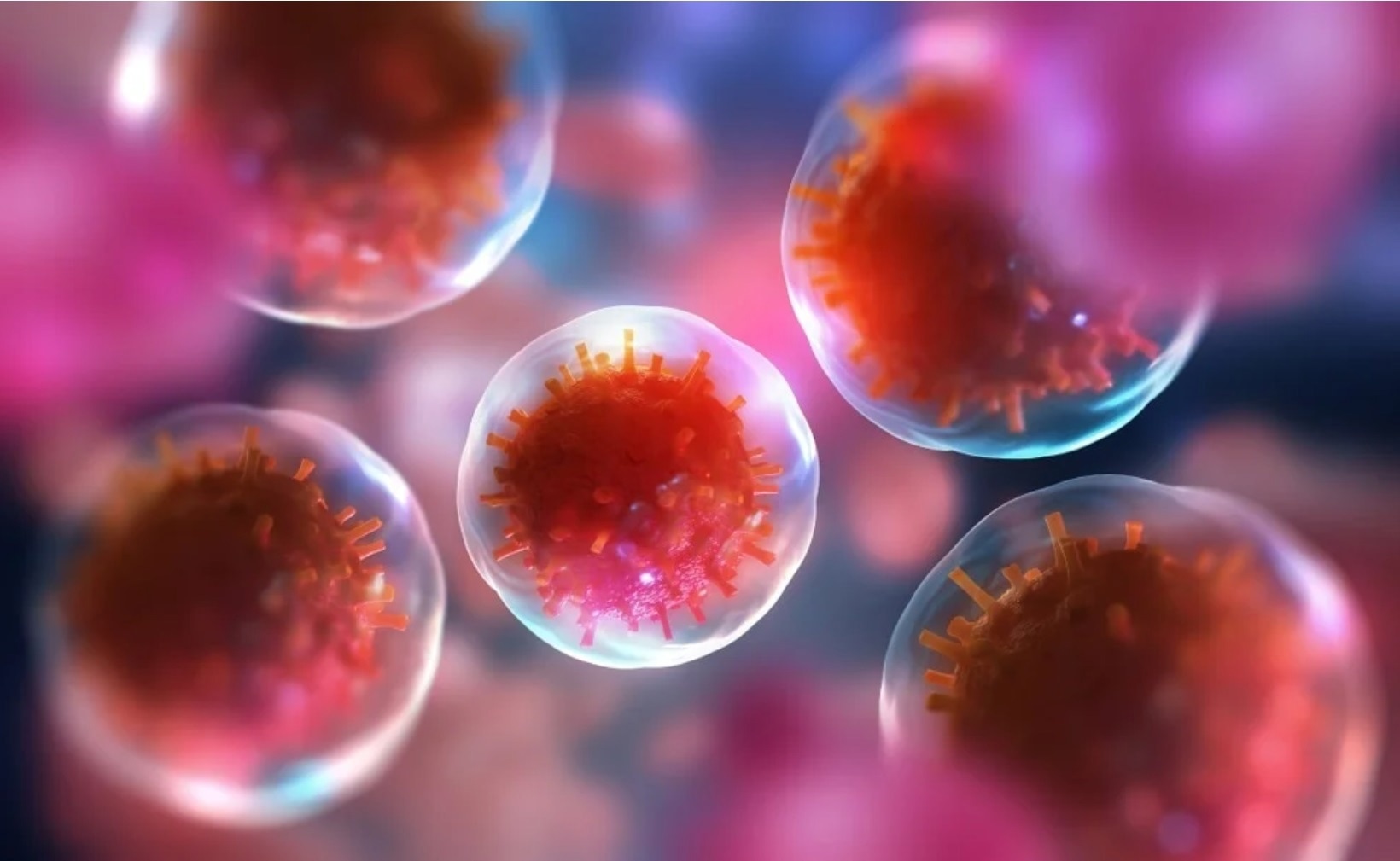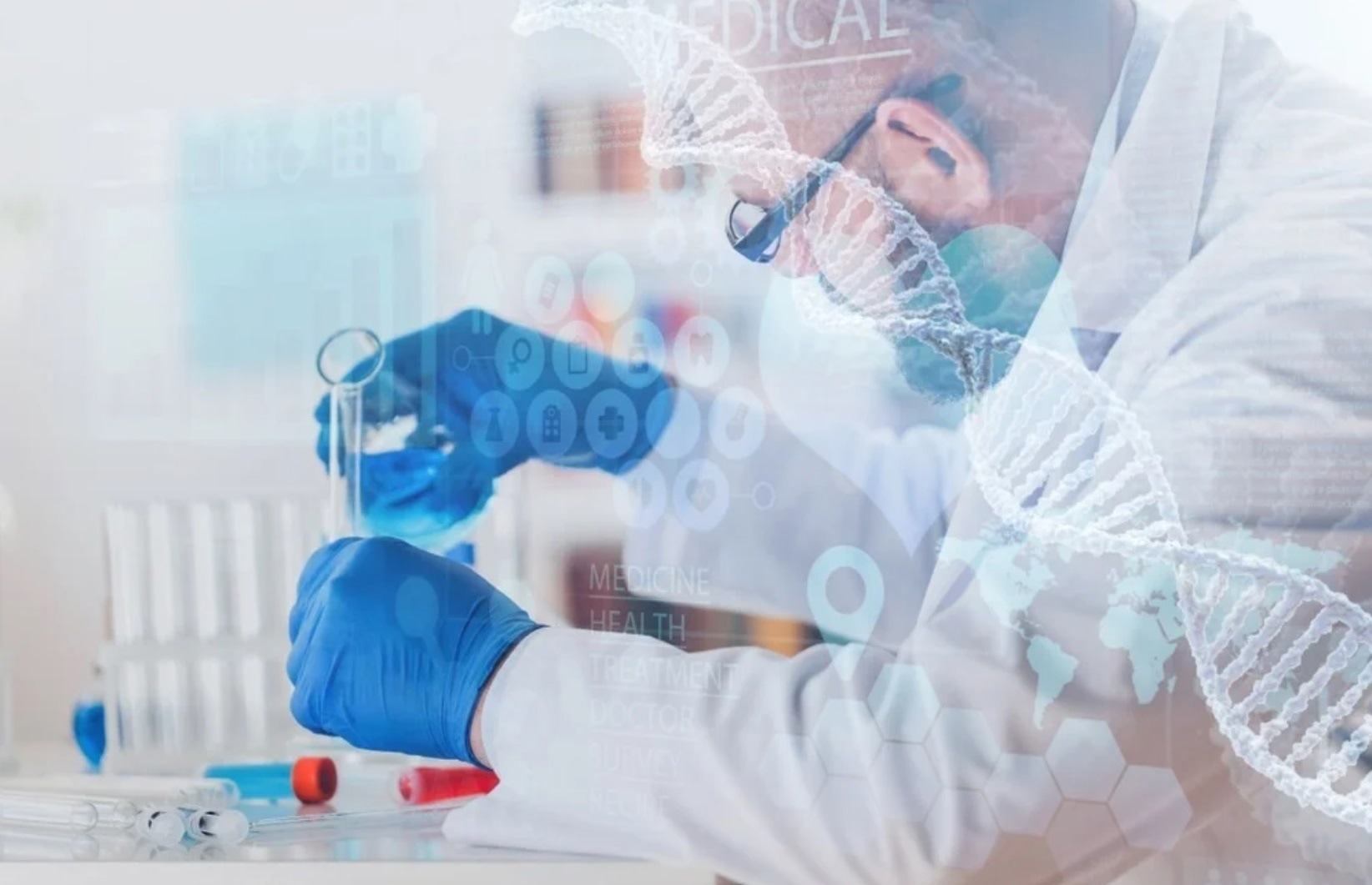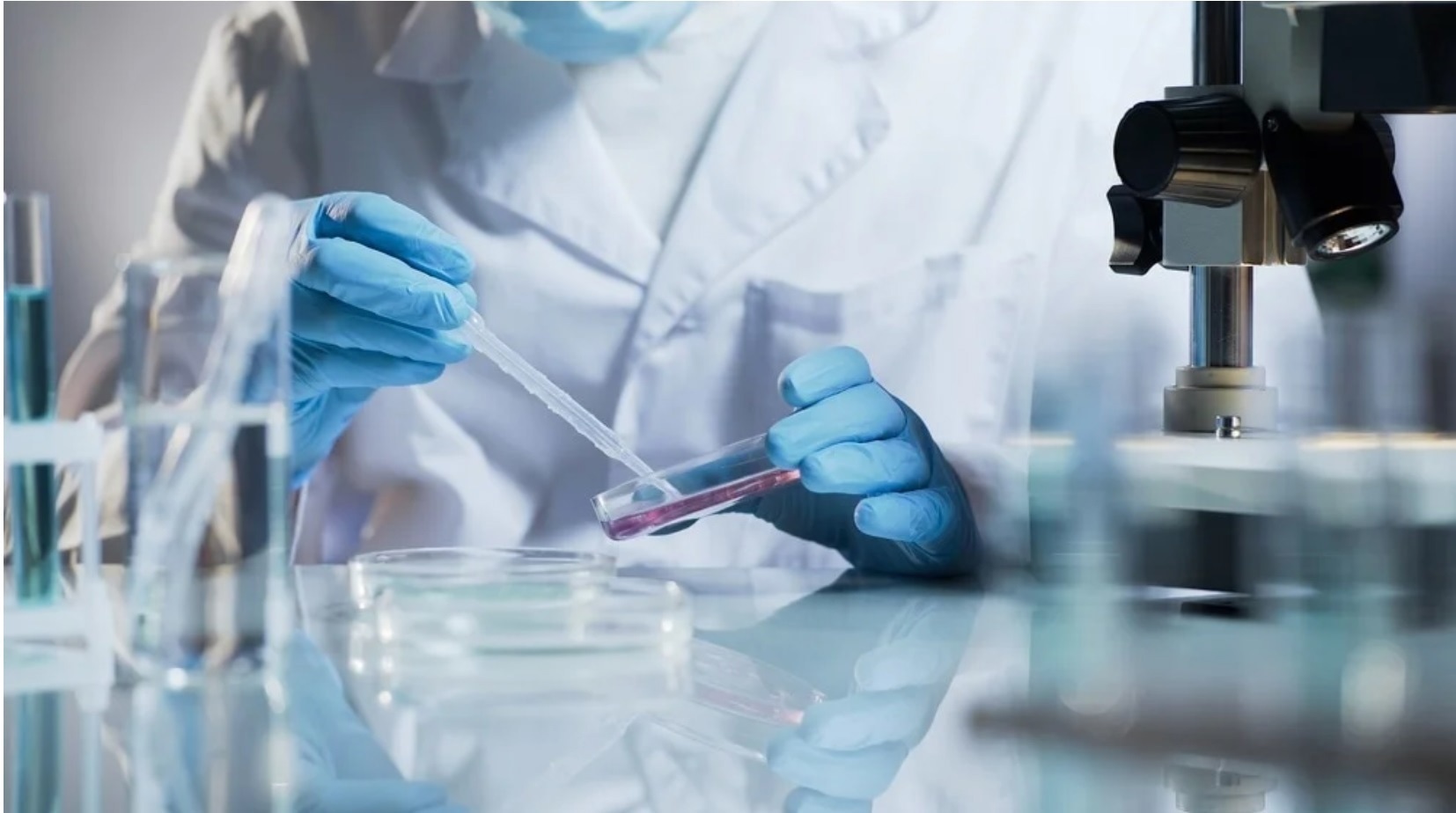Sponsored Content by PittconMar 3 2021
In this interview, News-Medical Life Sciences talks to Richard Yost, winner of the Pittsburgh Analytical Chemistry Award 2021, about his research into mass spectrometry and his presentation at Pittcon.
Congratulations on receiving the Pittsburgh Analytical Chemistry Award. How do you feel about this award?
I am very humbled in receiving this award. The people who won it in the past are pioneers and leaders in analytical chemistry, and it is an honor to join them. This is also a great opportunity to celebrate the tools that we all have developed to measure things within analytical chemistry.
If we think about any part of life, advances tend to be driven by tools to see or measure things; everything from litmus paper a long time ago to microscopes, telescopes on high mountains, and mass spectrometers.
It is an honor to receive this award and to have the opportunity to put together a symposium on how mass spectrometry has advanced over the years.
 Image Credit:Shutterstock/Yurchanka Siarhei
Image Credit:Shutterstock/Yurchanka Siarhei
The title of your award symposium is “Analytical Mass Spectrometry: How Did We Get Here, Where are We Going?” Can you give us some insight into that theme?
I became interested in mass spectrometry when I was a graduate student 45 years ago.
Back then, mass spectrometers were large, clunky instruments – computer control was not even dreamt about at that point. They featured big magnetic sectors and were designed to measure things in physics or physical chemistry, not used for analytical chemistry as they are today.
Mass spectrometry has changed dramatically over the past 40 years, and since then, it has become the gold standard for analytical chemistry.
It is interesting to think about why that is, but there is no questioning the impact of mass spectrometry; it has become the method of choice for applications ranging from environmental analysis to biomedical analysis and screening newborns.
In fact, every year in the United States alone, almost 10 million babies are tested for inherited medical conditions, saving thousands of them from an early death. That is a remarkable example of the impact that mass spectrometry has today.
Where is mass spectrometry going?
I think it just gets bigger and better. I looked back at when I first became a faculty member of the University of Florida 40 years ago and at one of the first issues of Analytical Chemistry (the journal) to see how many of the papers were on mass spectrometry - it was one paper out of fifty.
However, if you look at the most recent issue of Analytical Chemistry, a third of the papers are on mass spectrometry. This example shows that remarkable growth.
Putting together the symposium for this award was a chance to pick four speakers who could talk about where mass spectrometry is going.
We have Alan Marshall from Florida State, who won this award ten years ago. He is going to talk about the highest resolution mass spectrometry we can do - Fiurier transform mass spectrometry - and where that is going.
We also have Erin Baker from North Carolina State, one of the young stars of mass spectrometry, talking about how multi-dimensional methodology using ion mobility is driving 'Omics analysis.
The third speaker is Susan Richardson from the University of South Carolina. She is the current president of the American Society for Mass Spectrometry and will be talking about how mass spectrometry has driven environmental analysis and where that application field is going next.
Finally, John Yates from the Scripps Research Institute is going to talk about doing single neuron analysis using mass spectrometry.
The symposium will provide a fantastic view of where mass spectrometry is going, along with some perspective on how it got here.
 Image Credit:Shutterstock/Guschnkova
Image Credit:Shutterstock/Guschnkova
Mass spectrometry is a helpful analytical tool that measures mass to charge ratios of molecules. What new technology and techniques have improved the process over time?
I can point to three different areas where mass spectrometry instrumentation and methodology have changed over time.
The first is ionization methods. Historically, we could ionize things that you could put into the gas phase by hitting them with electrons (electron ionization). Today, we can easily ionize proteins and peptize very large biological molecules, even DNA. That has been driven by advances in ionization methods.
The second involves new ways of putting mass analyzers together. Throughout my career, I have mostly worked with tandem mass spectrometry, something that we did not have when I was a graduate student. Since then, high-resolution mass spectrometry with new kinds of analyzers has become incredibly important.
Finally, there is the realization that mass spectrometry produces enormous amounts of data. Computerization of mass spectrometry has become increasingly important, and today you need a hard drive next to your mass spectrometer that holds terabytes of data to take even a week or two's worth of data.
Mass spectrometry is used for diverse applications, including carbon dating, drug testing, and protein identification. What makes mass spectrometry uniquely powerful for scientific research?
It is interesting to think about why mass spectrometer has grown so dramatically in so many areas. When I was a grad student, optical spectroscopy was the dominant instrumental analytical method, but that changed.
In an optical spectrometer, you put a sample in the cuvette, pass light or other kinds of electromagnetic radiation through it, and then sort out the light. However, in a mass spectrometer, you ionize the molecules, and you sort out the molecules - actually sorting the things you are measuring.
Mass spectrometry is uniquely amongst spectroscopic technique since it not only gives you a spectrum, it is also a separation technique where the ionized molecules themselves are physically separated by mass-to-charge.
This makes mass spectrometry uniquely powerful for solving complicated problems, which is one of the underlying reasons why it has become one of the dominant analyti cal methodologies of the 21st century.
 Image Credit:Shutterstock/BillionPhotos
Image Credit:Shutterstock/BillionPhotos
What is in store for you and your research?
My wife thinks I should have retired several years ago, but I am having too much fun doing research. My own research is largely in biomedical areas today, specifically metabolomics - small molecules in living organisms. Most of our work is human-based, looking at diseases.
We have created a large metabolomic center here at the University of Florida, and I direct the NIH's Metabolomics Consortium for the whole country. I also still love being in the classroom. I am teaching freshmen this semester and trying to get them as excited about chemistry as we were when we were younger.
With the increasing pace of technological advancement in this decade, scientific laboratory techniques are constantly evolving. What do you foresee for the future of lab technology?
One thing I would like to see is an ionization technique that handles the kinds of biological molecules we work with every day, but that also works as well as electronic ionization. This would mean that everything is universally ionized - it does not matter what the molecule is, they all get ionized equally. No ionization technique for large molecules does that.
Secondly, I would like a chromatographic separation technique for large and involatile molecules to replace liquid chromatography, one that works as well as capillary gas chromatography, offering phenomenal resolution and very easy to apply. HPLC and UHPLC are nowhere near as powerful as classic capillatry GC separation.
These are two particular advances that I would love to see in mass spectrometry over the next decade or two.
Analytic Mass Spectrometry
Analytic Mass Spectrometry from AZoNetwork on Vimeo.
The Yost Research Group conducts research with impact on clinical, pharmacological, biotechnological, environmental and forensic analysis. How does this multidisciplinary scope impact your research questions?
One of my colleagues once said that my group was so diverse in what we did that it was not really a research group. But another colleague pointed out that our group is unique in that we build new instruments, and we apply them to solve unique problems across all disciplines.
That synergy between instrumentation development, fundamentals, and applications is incredibly important in driving science forward, and it has certainly been the approach we have taken in my laboratory over the last four decades.
As the Director of the Southeast Center for Integrated Metabolomics (NIH), what role does this center play in promoting innovative research?
When we put the Center together about ten years ago, it reflected The realization at the NIH that, despite all their big investment in genomics (studying the DNA that defines what you inherited from your parents) and proteomics (the proteins that are directly encoded by genes), it still provided an incomplete picture of biological and human health.
I realized that it was time to go back to where we started in mass spectrometry, looking at small molecules - metabolomics.
NIH has invested a lot of resources over the last decade in driving metabolomics forward. Part of that is in targeted metabolomics, where you are looking for and quantifying specific markers. For example, when you see your physician and they order a bank of tests to determine what is going on or just to check a baseline, this is targeted analysis.
Untargeted metabolomics looks for compounds that change over time in a person, investigating changes in people with or without a disease or after treating a disease. This kind of untargeted global metabolomics is driving the discovery of new biomarkers.
As a Professor of Pathology, Immunology, and Laboratory Medicine at the University of Florida, how do you see your research translate into your teaching?
I already talked about the breadth of application space being important in analytical chemistry, and since mass spectrometry has become such an important tool in biomedicine, it makes good sense for me to have an appointment in the College of Medicine.
Even today, when I am teaching freshmen introductory chemistry, we spend a lot of time talking about the chemistry that underlies human health and disease. This impacts my research, and because most of my graduate students are interested in the biomedical applications of mass spectrometry, it impacts my teaching ideas as well.
It has been fun having one foot in the door of basic science and the chemistry department and one foot in the door of medicine.
What influence does Pittcon have on the publicity and impact of your research?
My first Pittsburgh Conference was in 1976, and I have attended almost every year since then.
Pittcon is a major conference that focuses on the breadth of analytical chemistry. It is a fantastic opportunity to see symposia by world leaders in the field talk about where science is going, and to see the instruments and tools that we all use to do that.
I have organized a symposium with Pittcon almost every year for the last 30 years because it is such a fantastic opportunity to get analytical chemists and measurement scientists together from around the world to talk about where our disciplines overlap and are developing.
You have to admire the cadre of folks in Pittsburgh who have put so much into making this conference possible and keeping it alive every year, including this year, where it is being held virtually.
Why do you believe Pittcon is important in the science and technology industries?
Over the last year, we have moved almost everything over to being virtual, and face-to-face meetings must be small if we have them at all.
I think that although we are all suffering from Zoom burnout, communicating science together, even virtually, is still incredibly important. It is certainly important to my graduate students and others in my group who are early in their careers.
Everyone is looking forward to being back in person together because of the remarkable value of the offline and informal interaction that we have at face-to-face conferences. It is hard to reproduce this in a virtual setting.
In the long term, I think getting thousands of people together to talk about their disciplines and share their work will continue to be just as important as it ever has been. Pittcon is a wonderful example of that.
About Richard Yost
![]()
Research in our group centers around three aspects of analytical mass spectrometry and related techniques: instrumentation, fundamentals, and applications. Instrumentation development includes projects in tandem mass spectrometry (MS/MS) and ion mobility, including the development of the first laser microprobe MS/MS system able to image trace levels of drugs and biomolecules in tissue specimens. Fundamental studies in our group employ both experiment and computer modeling/simulation to explore such issues as ion motion and ion-molecule interactions in high-field ion mobility. Applications of the techniques developed in our group include a wide range of studies in clinical, pharmacological, biotechnological, environmental, and forensic analysis.
About Pittcon
 Pittcon® is a registered trademark of The Pittsburgh Conference on Analytical Chemistry and Applied Spectroscopy, a Pennsylvania non-profit organization. Co-sponsored by the Spectroscopy Society of Pittsburgh and the Society for Analytical Chemists of Pittsburgh, Pittcon is the premier annual conference and exposition on laboratory science.
Pittcon® is a registered trademark of The Pittsburgh Conference on Analytical Chemistry and Applied Spectroscopy, a Pennsylvania non-profit organization. Co-sponsored by the Spectroscopy Society of Pittsburgh and the Society for Analytical Chemists of Pittsburgh, Pittcon is the premier annual conference and exposition on laboratory science.
Proceeds from Pittcon fund science education and outreach at all levels, kindergarten through adult. Pittcon donates more than a million dollars a year to provide financial and administrative support for various science outreach activities including science equipment grants, research grants, scholarships and internships for students, awards to teachers and professors, and grants to public science centers, libraries and museums.
Visit pittcon.org for more information.